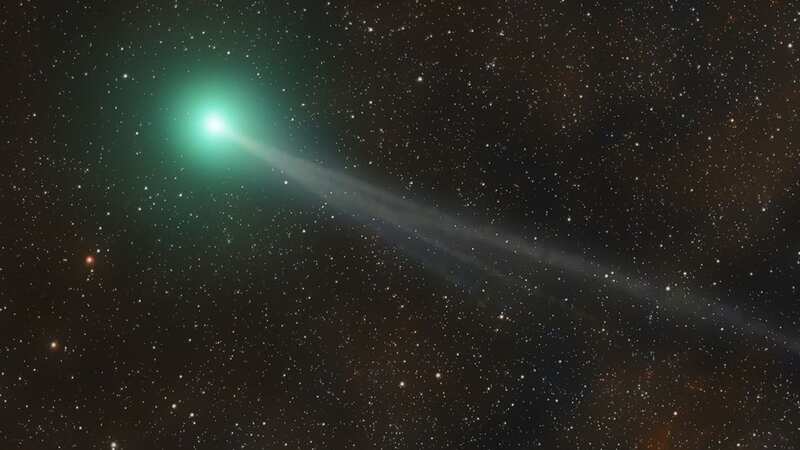Meaning behind 'once in lifetime' Comet Nishimura explained - and how to see it

Members of the public will get a "once-in-a-lifetime" chance to see a comet called Nishimura with the naked eye.
The newly discovered comet will be closest to Earth next week and if you miss it, you won't be able to see it again until around the year 2523. The comet was found by photographer Hideo Nishimura, which means 'western village' in Japanese. The comet was given the common northeastern Japan and Okinawa surname name due to her extraordinary find. Professor Brad Gibson, an astrophysicist at the University of Hull, said the comet is already visible, but people will have the best chance to see it on September 12.
Nishimura is travelling through space at a whopping 240,000 miles per hour and can be viewed in the hour after sunset and the hour before dawn. You could spot it by looking east-north-east, in the direction of the crescent moon and Venus, reports Hull Live.
Prof Gibson said this will be a "rare" opportunity which shouldn't be missed. He added: “Halley’s Comet, which caused much interest during its last nearby visit to Earth in 1986, takes 76 years to orbit the solar system. So, to say this is a once-in-a-lifetime opportunity to see Nishimura isn’t an exaggeration.
“It can already be seen but it will be 78 million miles from Earth on September 12 and that should be the best chance to see it with the naked eye. On average, people have the chance to see such a naked-eye comet once a decade – this is a rare and exciting opportunity.”
 'Weird' comet heading towards the sun could be from another solar system
'Weird' comet heading towards the sun could be from another solar system
At present, its size is not known, but it could range from a few hundred metres to potentially a mile or two in diameter, Prof Gibson said. On September 17, it will pass close to the Sun and there is a chance that it may not survive the close fly-by, he added. But there is no danger of the comet colliding with Earth, as astronomers have carefully charted its orbit and speed of travel.
Some 65 million years ago, an asteroid or comet did hit the Earth, causing the extinction of the dinosaurs. Prof Gibson said: “What happened to the dinosaurs is a once-in-a-100-million-year event. People have been watching comets since ancient times with their interpretation then spanning everything from being portents of doom to simply being heralds of good news.”
While Comet Nishimura will not be seen again for many centuries, it is thought that it could be responsible for an annual meteor shower named the Sigma-Hydrids, which takes place in December every year. The professor said comets were “chunks of ice and rock” left over from the formation of the solar system nearly five billion years ago. As they pass closer to the sun it heats the comet, liberating an icy gas which gives them their distinctive tail. He said tiny particles of dust and rock from comets were freed by the sun as a comet passes nearby and each year the Earth passes through this debris, leading to meteor showers.
Read more similar news:
Comments:
comments powered by Disqus

































